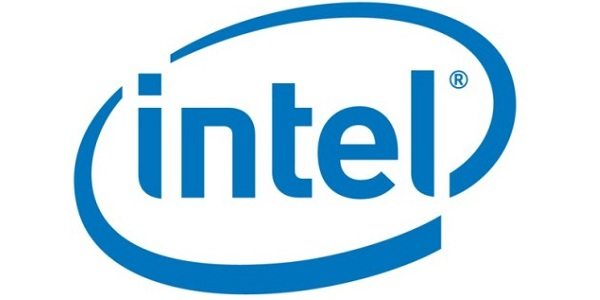Requirement details for Intel’s Smart Response, Rapid Start and Smart Connect surface
Andy Ruffell / 13 years ago

Intel’s new 7-series chipsets brings two new technologies to join the already present Smart Response: Rapid Start and Smart Connect. Asus’s upcoming motherboard has seen its manuals being spread and revealing the requirements details for the new technologies.

Already in use on the Z68 chipset, Intel’s Smart Response hasn’t changed much and still requires a minim of 20GB of SSD. However, in addition to the 20GB of space needed, the new Rapid Start will use an equivalent amount of SSD space to that of how much RAM you have installed in the system. On its manual Asus lists 2, 4 and 8GB, but presumably, with 16GB of RAM, you’d need 16GB of SSD space.
Frustratingly, Rapid Start requires a separate partition from the Smart Response, meaning your SSD will have to be divided into smaller sections. Whether this is going to be automatic is currently unknown. Furthermore, Asus warns that using a 32-bit version of Windows with more than 4GB of RAM may cause Rapid Start to run into some issues.
Smart Connect, on the other hand, doesn’t appear to use any additional space, it doesn’t seem to mind sharing space with Smart Response on the same partition. Smart Connect will most likely be found on notebooks and laptop as this technology allows for a computer in sleep or hibernation mode to wake up and download updates for Windows, keep emails up to date and even refresh web pages and other internet connected programs. So far, it’s only known to work with an Intel Wi-Fi card or NIC.
Source: VR-Zone



















